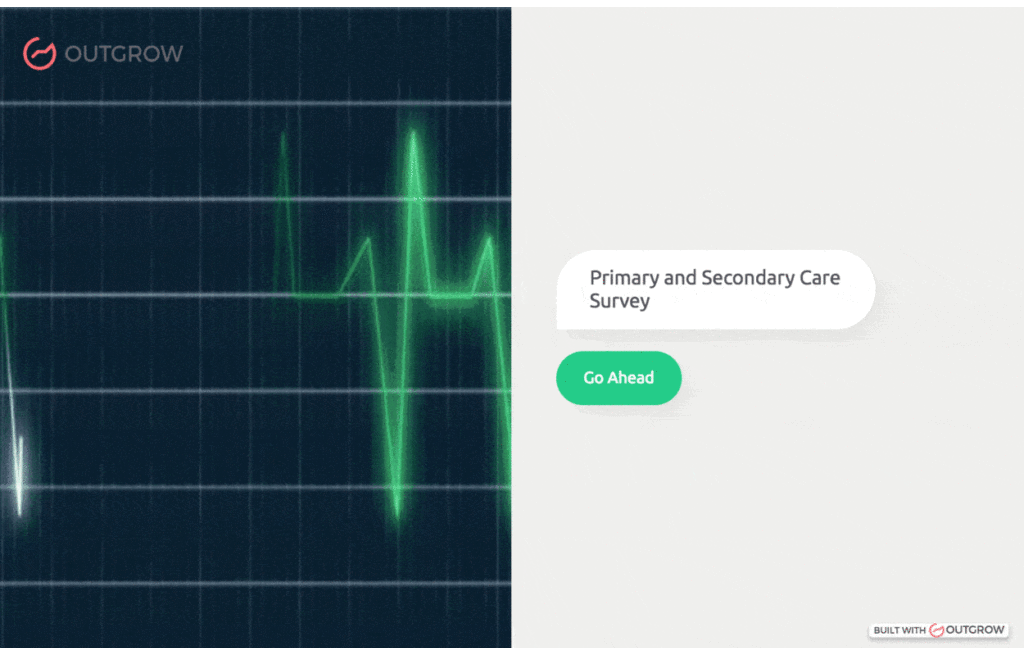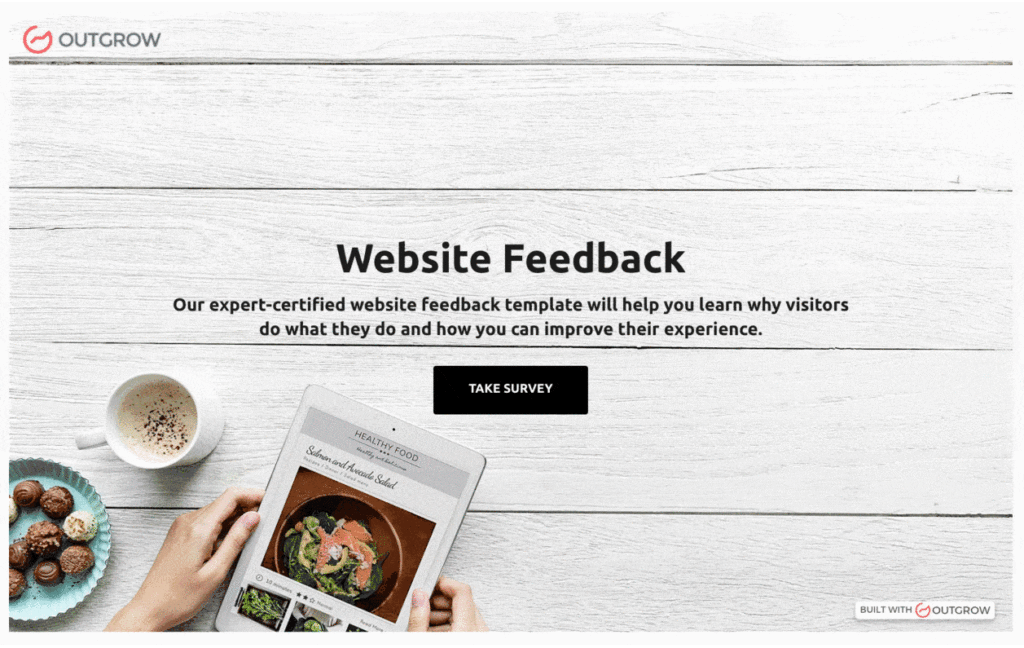7 Surprising Insights From Customer Satisfaction Surveys
Table of Contents
You already know that making your customer surveys more engaging and interactive means you’ll get better responses. But how thoroughly are you digging into those responses? While a customer satisfaction score is a nice number to be aware of, but the insights from customer surveys might be, for the lack of a better word, enlightening.
Listening to your customers’ feedback is important to the success of your business. Customers take the time to provide their opinions because they hope you’ll listen to them. In fact, 87 percent of survey-takers want to have a say in a company’s future products and services. Taking action on the insights that come from customer satisfaction surveys will ensure you’re dedicating time and energy to the right things.
But to take action, you need more information than just the overall customer satisfaction score. You need to understand the WHY behind each response. Here are a few surprising ways to analyze your customer satisfaction data:
1. Your most engaged users
Even the New York Times has reported on the increasing onslaught of surveys. One company sends out 60 million surveys each year, another company sends out 15 million. Survey Monkey says 20 million questions are answered each day on their platform. If your customers are responding to your surveys, it means you are one in a million.
A response to a survey (even if it’s negative) is a clear sign of customer engagement. For a customer to take the time to respond to your survey shows that they care about your product enough to provide feedback. Identifying these customers that frequently respond to CSAT (Customer Satisfaction) surveys means you can reach out to them for marketing activities like beta programs or asking for referrals and reviews.
2. Customer expectations
Understanding what your customers expect from you can feel like a constant guessing game. For example, how fast do your customers expect you to respond? While most advice around providing a great experience stresses the importance of responding “quickly” – what do your customers consider a quick response? This value will change depending on your industry and your target market.
Moreover, implementing bug tracking software plays a crucial role in aligning customer success with customer expectations by providing real-time insights into issues and resolutions, ensuring that responses meet or exceed the speed and efficacy thresholds defined by the specific needs and preferences of each customer segment within your target market. Establishing clear customer service goals can help your team stay focused on delivering timely, effective support that meets these evolving expectations.
Secondly, do your customers prefer to chat or email your customer service department? Your customers will tell you based on the average customer satisfaction score of each customer service channel.
To uncover these insights, segment your customer satisfaction scores by specific metrics. Compare the speed of service to the customer satisfaction score. Does your customers’ happiness drop off after a certain wait time? Comparing CSAT scores to service metrics can help show what customers are satisfied with.
3. Target market
Your product likely isn’t perfect for everyone. But how do you know which type of customers are finding success with your company? Whether it’s younger customers, a specific industry or a specific region, understanding who your target market is can help you market more effectively.
There are obviously tons of different data points you can use to uncover your ideal customers. But CSAT can be a leading indicator, often visible before customers show their dissatisfaction through churning. Comparing CSAT scores to demographic information can show you which types of customers are satisfied – and which are not.
4. ROI of customer service
Customer service is no longer considered a cost center by most companies. Instead, businesses have realized how important the customer experience is to driving repeat business. “Support Driven Growth” is a strategy that focuses exactly on that – using your customer service team to create revenue by providing great customer service.
Additionally, leveraging tools like a power dialer can significantly boost sales by enabling sales reps to manage more calls easily and efficiently, supporting their sales growth. This not only helps in maximizing customer engagement but also ensures that high-value customers receive timely and personalized attention.
Compare CSAT scores against your customer’s lifetime value. A customer’s lifetime value (LTV) is the total amount they’ve spent with your company from their first purchase to their last. Are happier customers returning and purchasing more? Understanding how your customer service impacts your bottom line can help you allocate resources effectively. If your customer service team is struggling to make a business case for more investment, proving the ROI of great customer satisfaction scores can help.
5. Thorny product areas
Some customer issues are harder to resolve easily. For example, a bug that results in lost data would rarely generate a positive CSAT score, no matter how skilled the customer service agent is. Issues that are time-intensive to troubleshoot or tricky to diagnose can also cause frustrated customers at a higher rate than usual.
To uncover these areas of frustration, identify the questions that are consistently resulting in bad satisfaction responses. If a bug is generating 2% of incoming volume, but 50% of incoming bad satisfaction surveys, it should become a higher priority for your team to resolve. What product questions are consistently resulting in low customer satisfaction scores?
6. Potential churn risks
If you only look at customer satisfaction survey responses one at a time, you might be missing out on insightful trends. For example, if the same customer has sent in four negative surveys in the last two weeks – it’s time to pay closer attention to their needs. That customer is clearly consistently unhappy.
Identify the customers who are consistently unhappy by looking for customers with more than one negative CSAT response in a time period. Getting them connected to a customer success team, or a supervisor could help prevent them from churning or canceling.
7. Employee Performance management
Do you have one agent that consistently outperforms others? Digging into the insights from customer satisfaction surveys can help highlight which agents know how to make customers happy, and which agents are struggling to provide the type of service your customers are asking for.
But be careful – instead of simply measuring raw CSAT scores for each agent, you’ll need to take a few things into account. Are some agents working with more complex cases? They might have a lower customer satisfaction score than agents who are cherry-picking easy cases. Are some agents getting higher response rates for their surveys? They might be better at creating a more personal connection with their customers, which makes the customer more likely to take the time to give positive feedback.
Whether it’s praise or criticism, CSAT survey responses can provide helpful feedback to managers.
Interactive Content Surveys Can Increase Response Rates
Of course, in order to draw insights from customer satisfaction responses, you need to have a good response rate to your surveys. If only a few customers are providing feedback, you won’t have enough data to discover really meaningful insights.
This is where interactive content can help. By making the customer satisfaction survey experience fun and engaging, more customers will provide their feedback. Plus, surveys created with Outgrow are easily accessible on desktop and mobile, so your customers can respond from anywhere.
Interactive content (and surveys) has a 2x times better response rate as compared to static forms. They can provide real value to the customers in exchange for their personal opinion. Moreover, they have the ability to collect a lot of data; which in turn can be used for segmenting customers, create detailed buyer personas and personalized customer communication. Have a look at this interactive website survey below:
Dig deeper into Customer Satisfaction
If you’re not measuring customer satisfaction, now’s a good time to start. Not only does it give your customer service team an indication of how well they are performing, but it can also help you understand your customers better.
You’ll get the most value from measuring customer satisfaction by spending more time segmenting the users that respond, the users that are satisfied and the different quality of support you’re providing each group. Digging deep into your insights from customer satisfaction can help you grow your business even faster by using your customer’s feedback to deliver what they want.
About The Author
Yaakov Karda is the co-founder of Chatra.io and a slow coffee enthusiast. When not brewing or working on the startup, he helps his wife with their art projects or explores Tel-Aviv on a bicycle.








